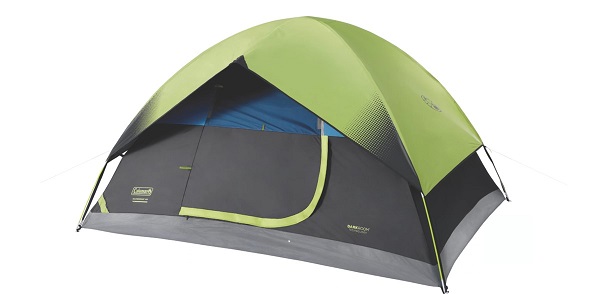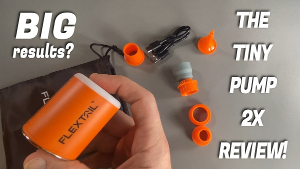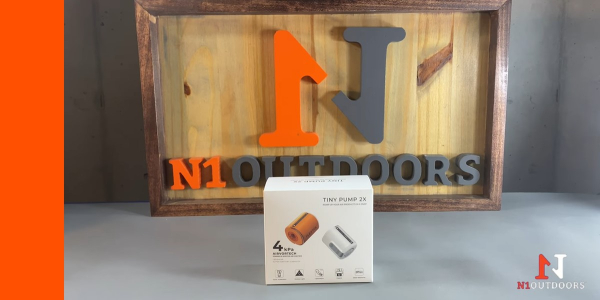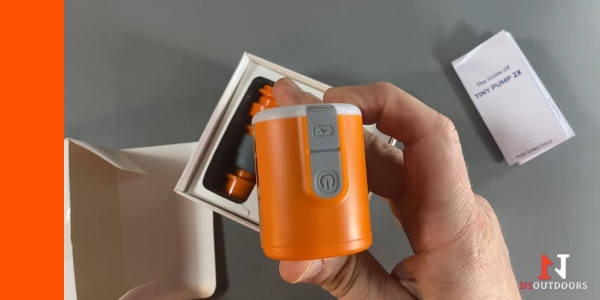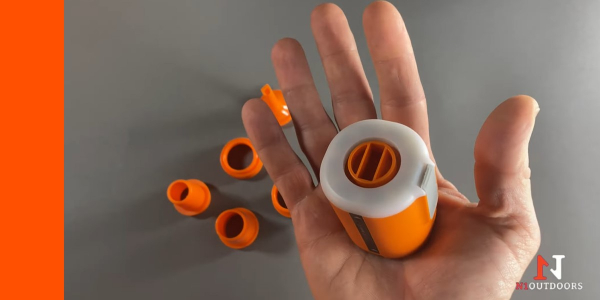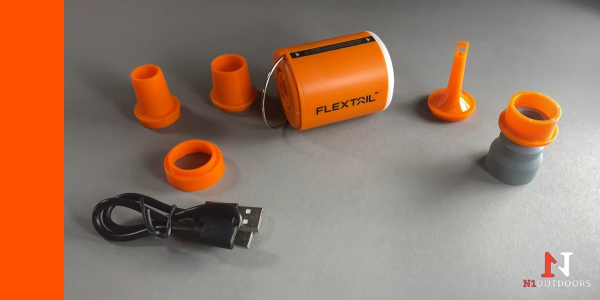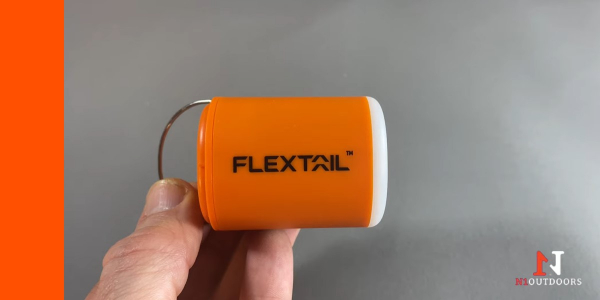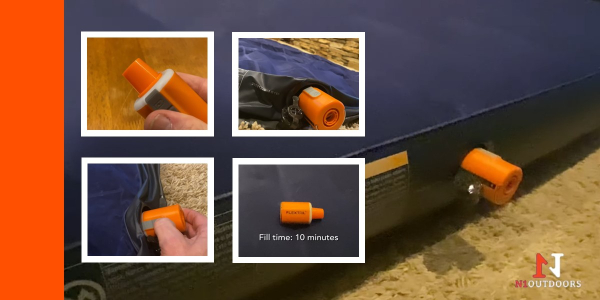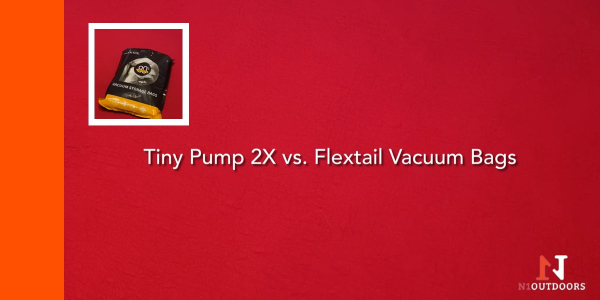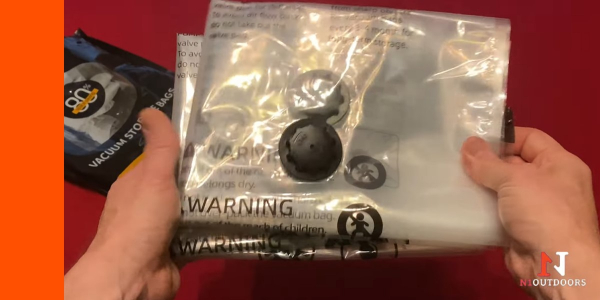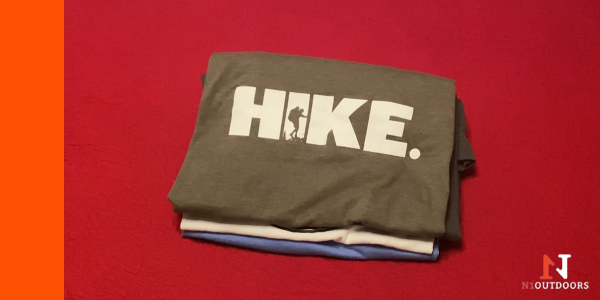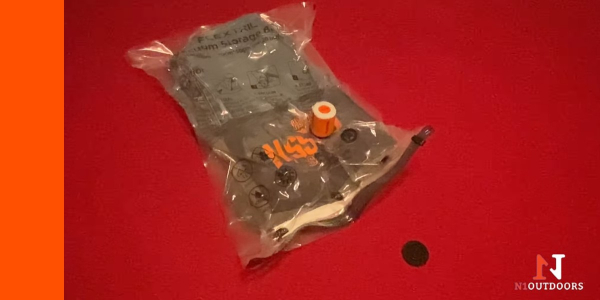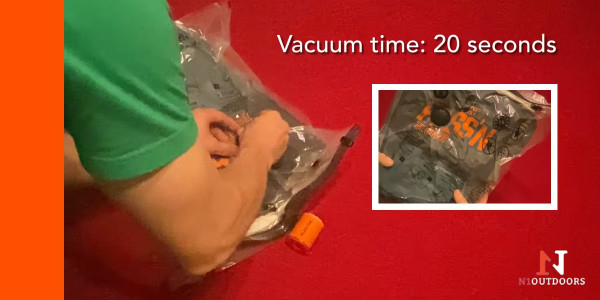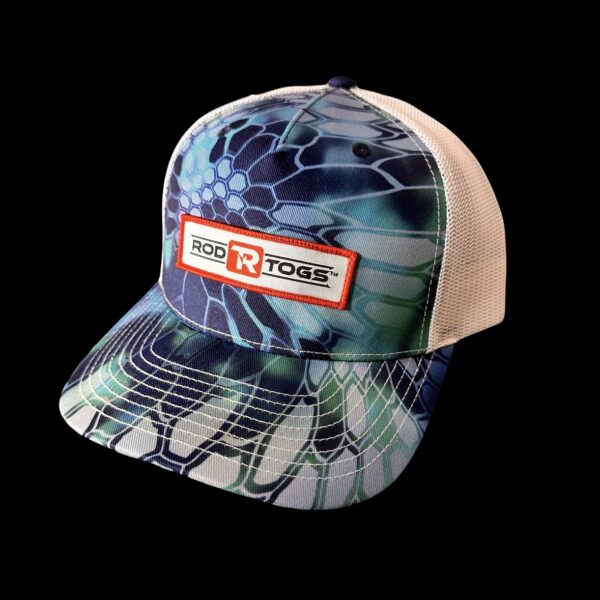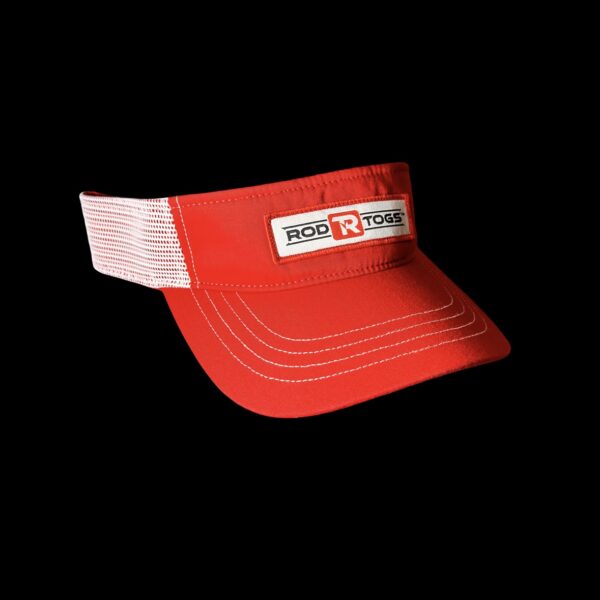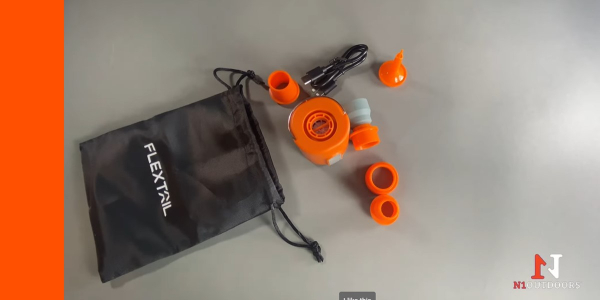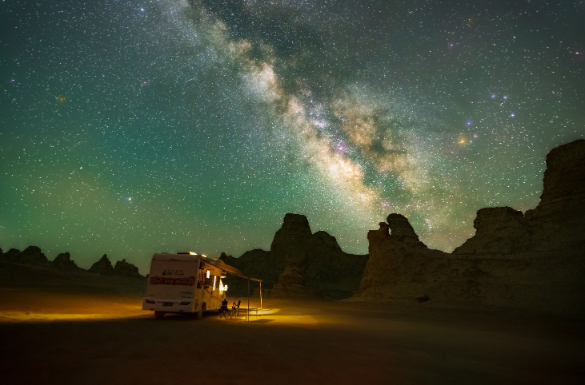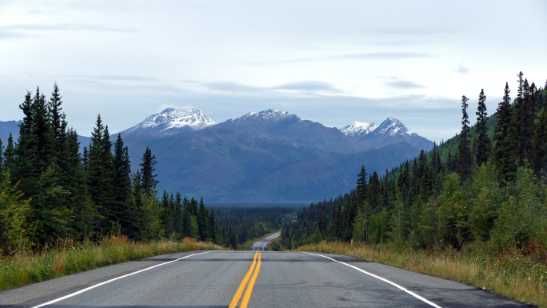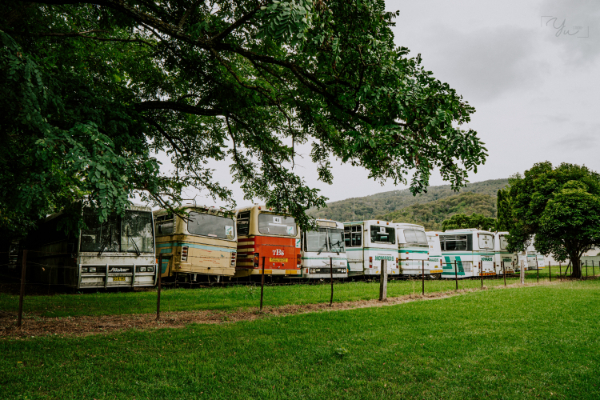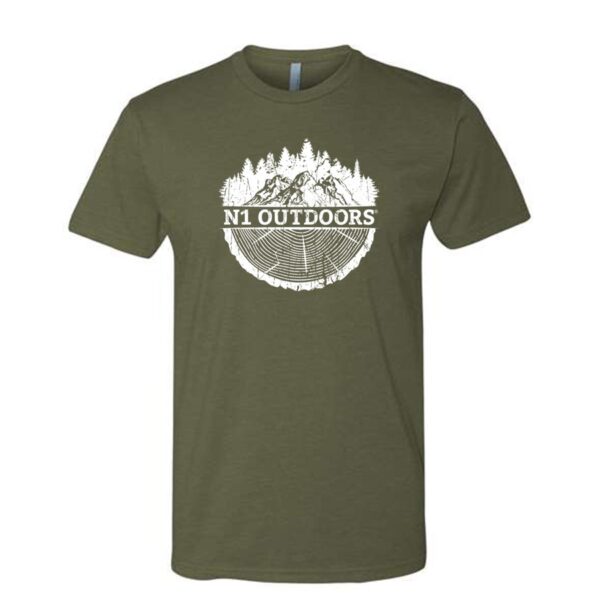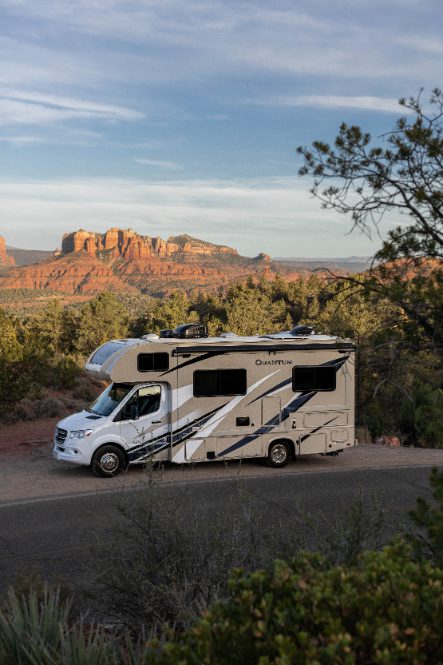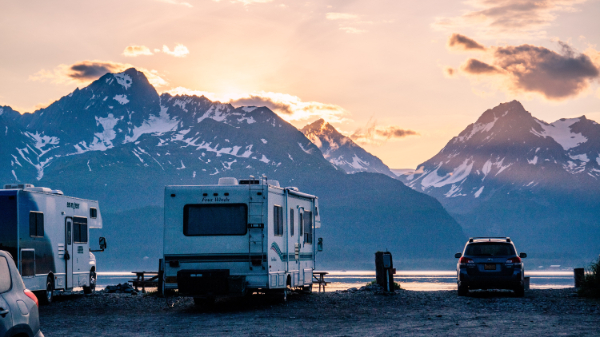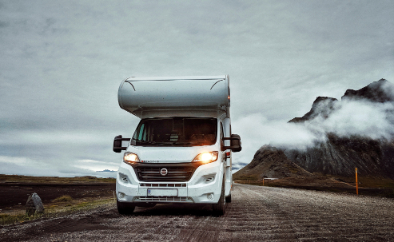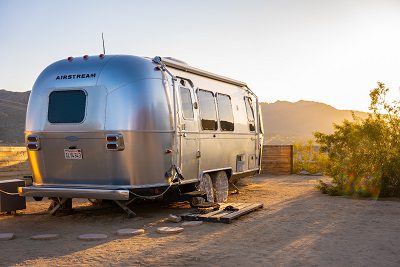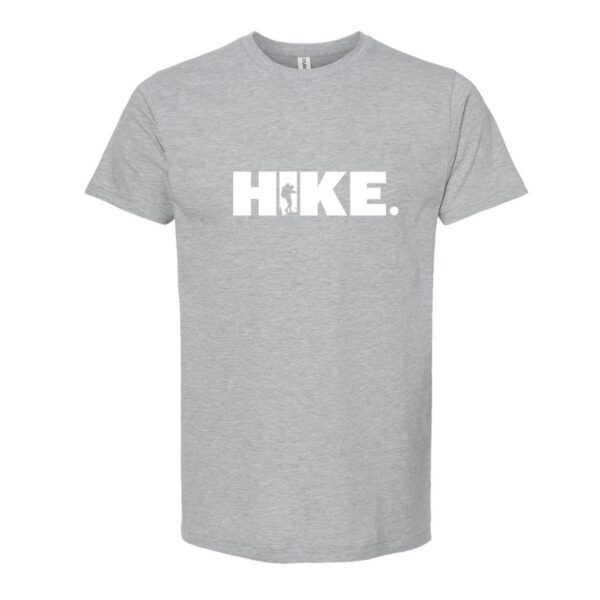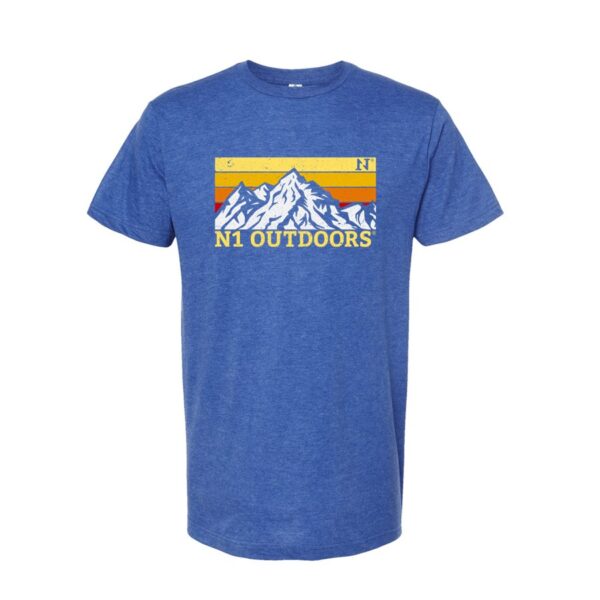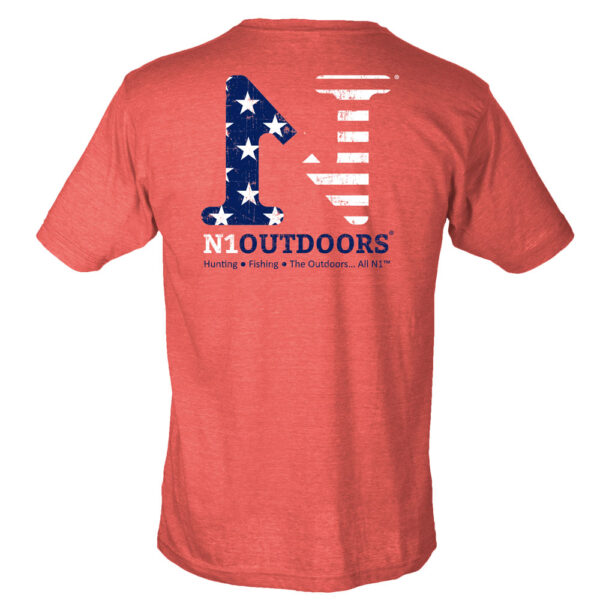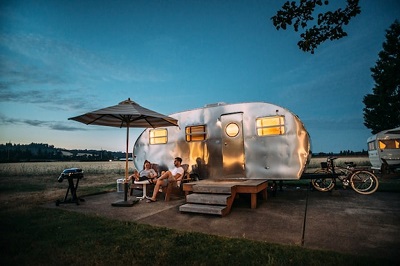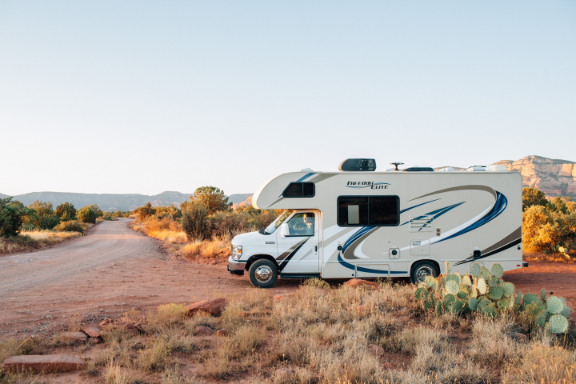When it comes to camping, Coleman is certainly a household name. They make everything from coolers, to grills, to lanterns, and of course tents.
We wanted to take a peek at a household tent name within the Coleman line.
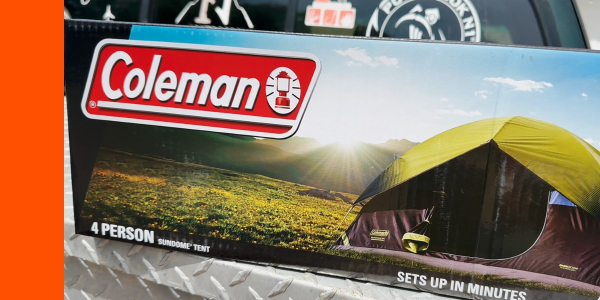
We wanted to check out one of their most popular offerings… the Sun Dome tent!
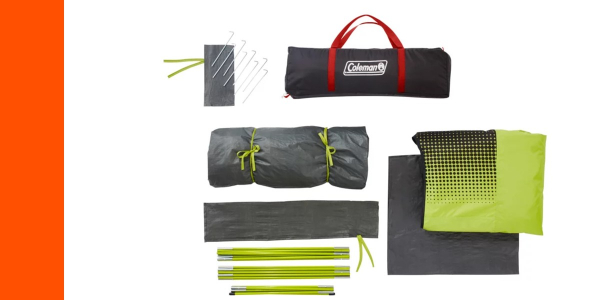
Here are the components of the Sun Dome 4p tent from Coleman. Pretty simple setup!
Features of the Coleman Sun Dome Tent
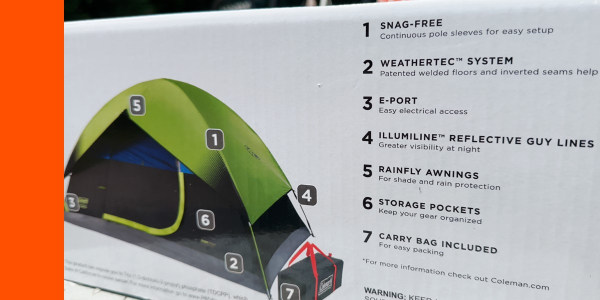
The Coleman Sun Dome tent has several advertised features… let’s take a look!
Below are some of the features of the Sun Dome 4P tent from Coleman:
- Dome tent with a sturdy frame that can withstand winds of up to 35 miles per hour
- Darkroom Technology, blocking 90% of sun’s light
- The Sun Dome 4p sleeps up to 4 people
- Measures 9 ft x 7 ft and has a center height of 4 ft 11 inches
- Very easy setup, at only 10-15 minutes
- A great tent for backpacking, as it folds up and packs away into a small carrying bag.
- Weathertec system with patented welded floors and inverted seams to keep you dry
- Large windows and a ground vent for superior ventilation
- Measures 7 x 5 feet with 4-foot center height
- An “E-Port” that makes it easy to bring in electrical power inside the tent
- Average Price $125-$140
- Comes with a 1-year limited warranty
-
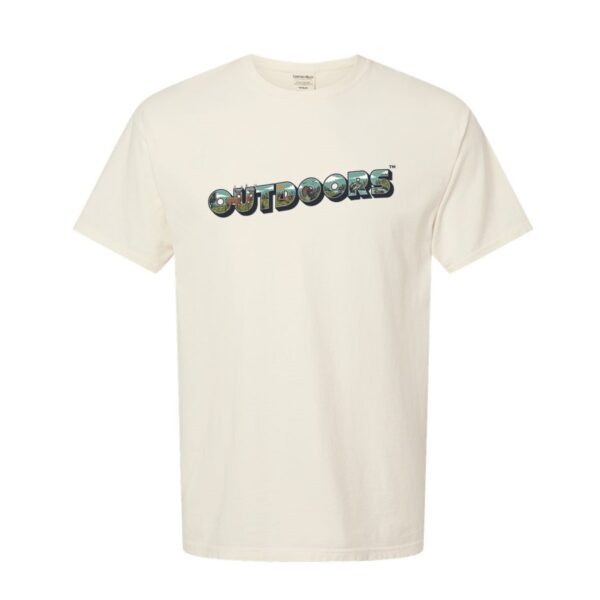
The N1 Outdoors® “OUTDOORS™” Tee
$28.99 – $32.99 Select options This product has multiple variants. The options may be chosen on the product page -
Sale!
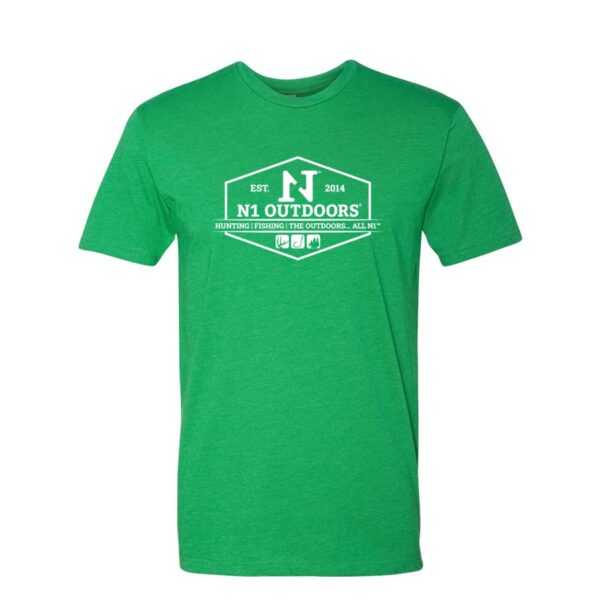
N1 Outdoors® Est. 2014 Triblock Tee
$9.00 Select options This product has multiple variants. The options may be chosen on the product page -
Sale!
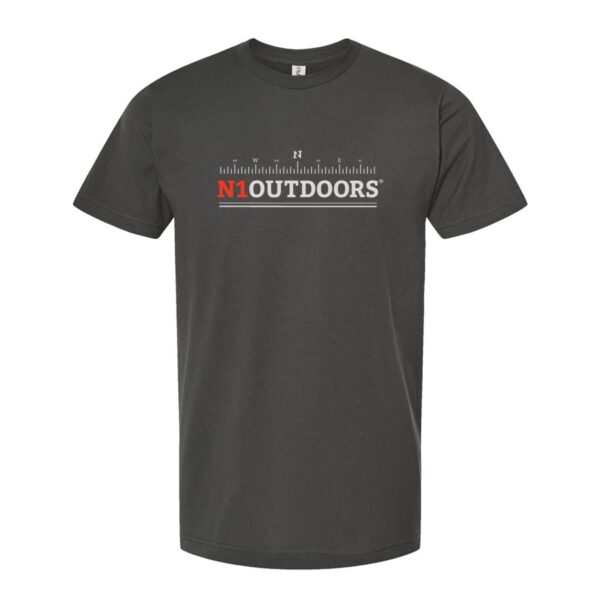
N1 Outdoors® Compass Tee
$9.00 Select options This product has multiple variants. The options may be chosen on the product page
Coleman Sun Dome 4p Tent Setup
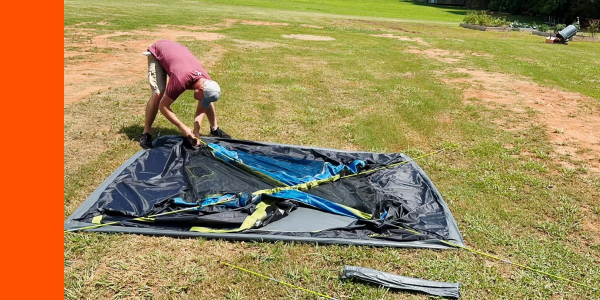
Setup was not difficult to figure out, with the tent only needing to be staked down and the two poles inserted.
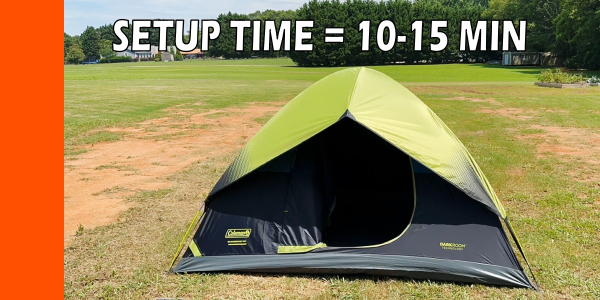
It took about 10-15 minutes (without reading directions) to set up the Sun Dome 4P tent.

The weather dome cover was very easy to install, using only one short pole and some tie downs.
“Darkroom Technology” Inside A Tent Box?
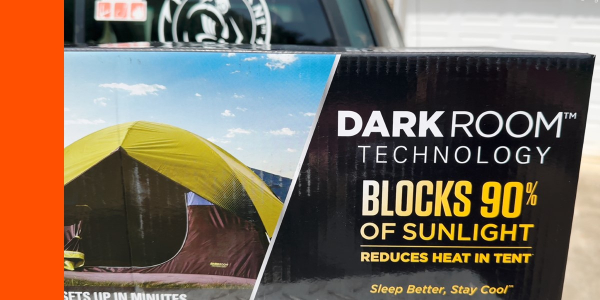
One of the features we were most interested in was the “Darkroom Technology,” which Coleman advertises as blocking 90% of the sun, so you can sleep better once the sun comes up, or even go to bed early!
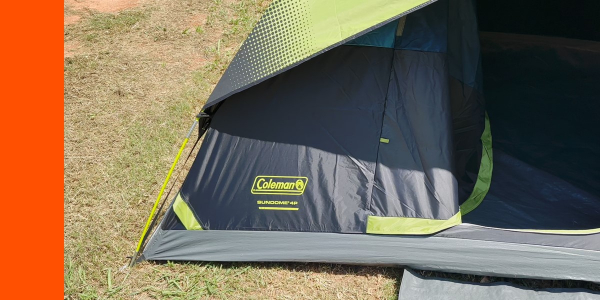
We headed inside the tent to see what this “darkroom technology” was all about…
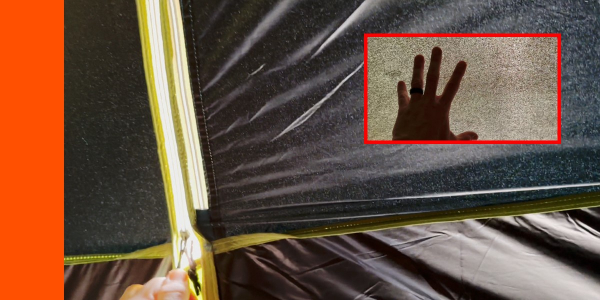
The tent material did block a lot of the sunlight, with the mesh screen being where most of the light seemed to be coming in.
-
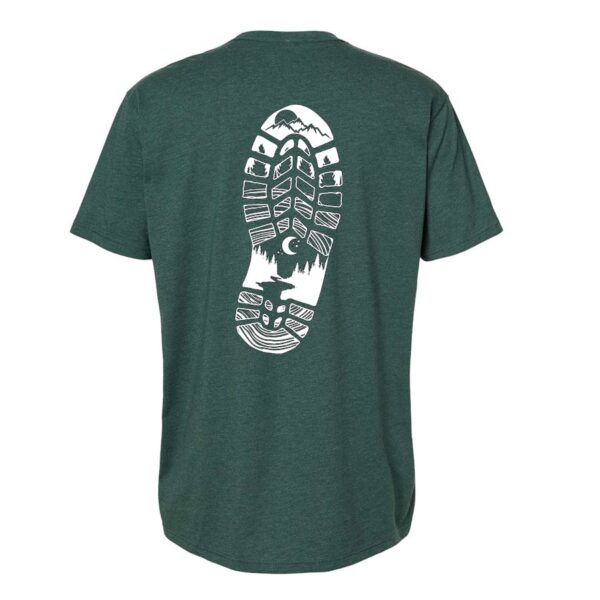
N1 Outdoors® “Outdoor Npressions™” Boot Print Tee
$24.99 – $28.99 Select options This product has multiple variants. The options may be chosen on the product page -
Sale!
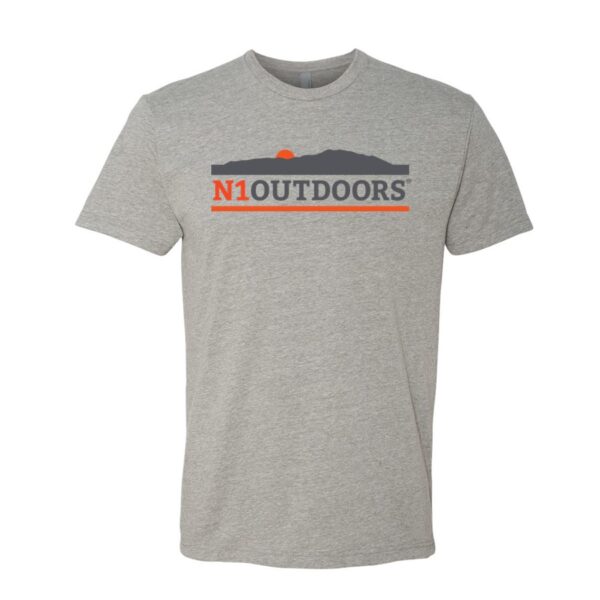
N1 Outdoors® “Sunset Mountain” Tee
$15.00 Select options This product has multiple variants. The options may be chosen on the product page -
Sale!
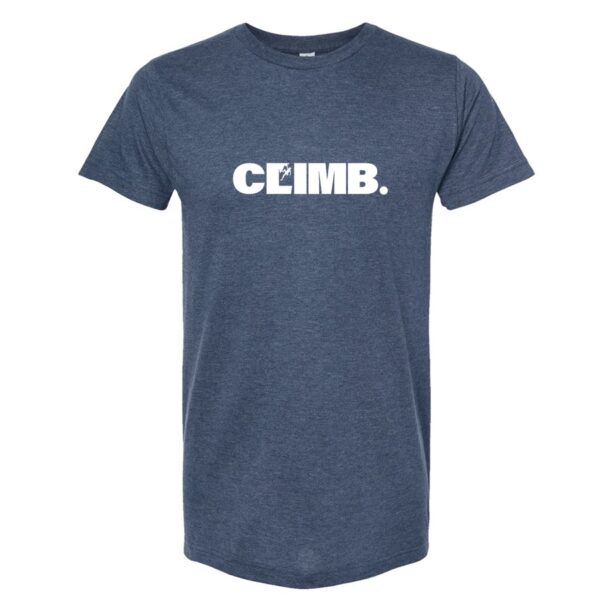
N1 Outdoors® CLIMB. Tee
$19.00 Select options This product has multiple variants. The options may be chosen on the product page
Final Thoughts on the Coleman Sun Dome 4p Tent with Darkroom Technology
We picked an extremely hot and sunny day to set up the Coleman Sun Dome 4p tent. However, that turned out to be perfect, because we were able to get a good feel for how much light and heat the Darkroom Technology blocks.
Well, it was still really hot inside the tent. And, while we didn’t have any kind of light meter to test the light level, it was in fact significantly darker inside the tent.
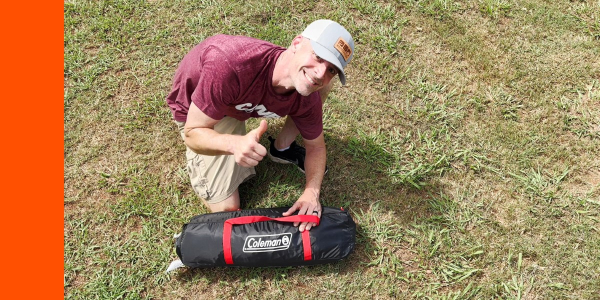
The Sun Dome 4p tent folded up nice and neat and went right back into the small carrying bag fairly easily!
All in all, the Sun Dome 4p tent seems like a great tent for the money!
Happy camping!

